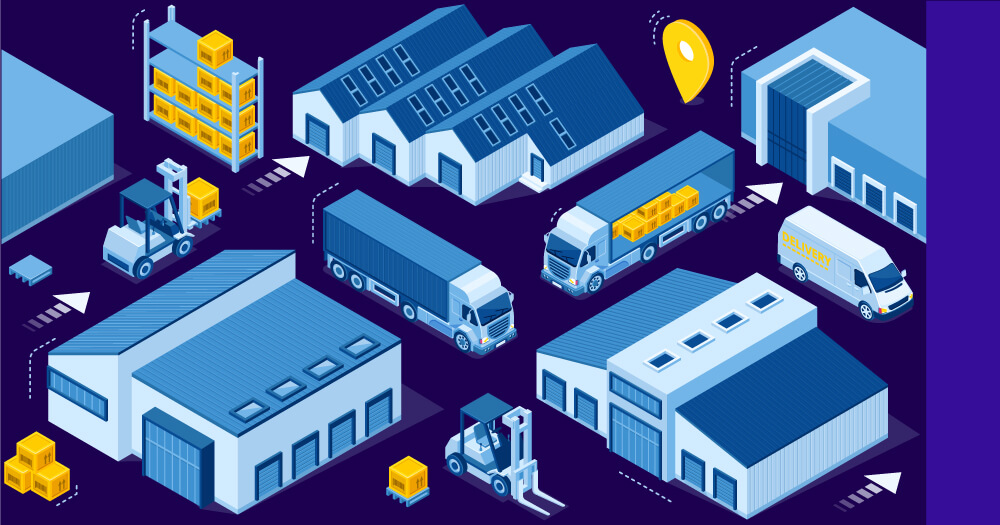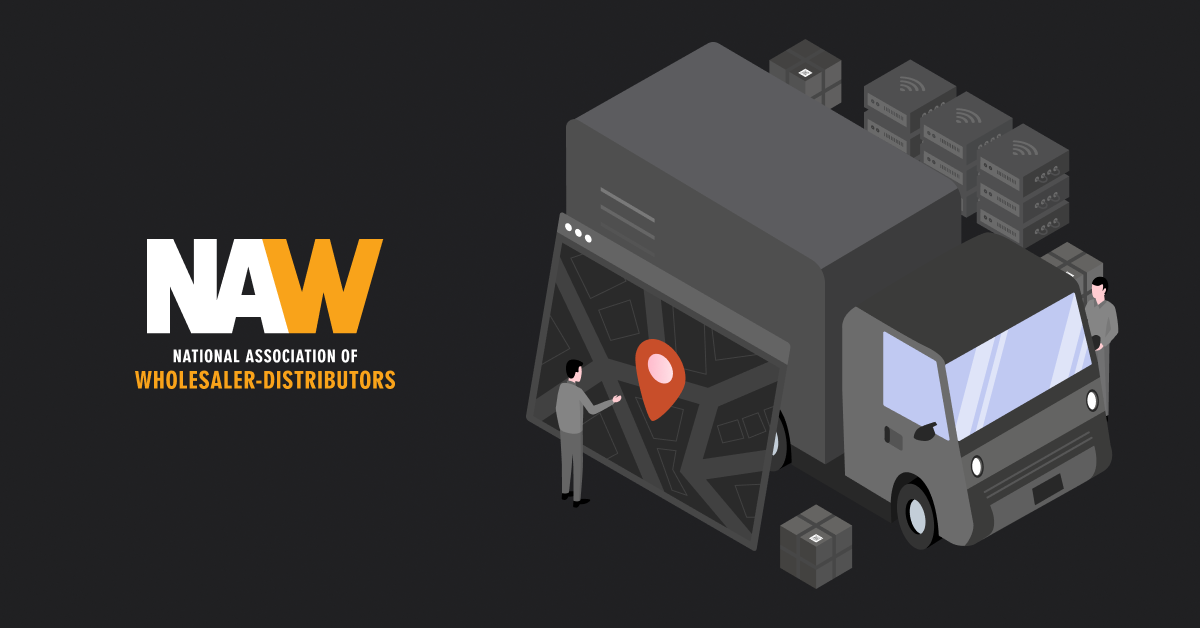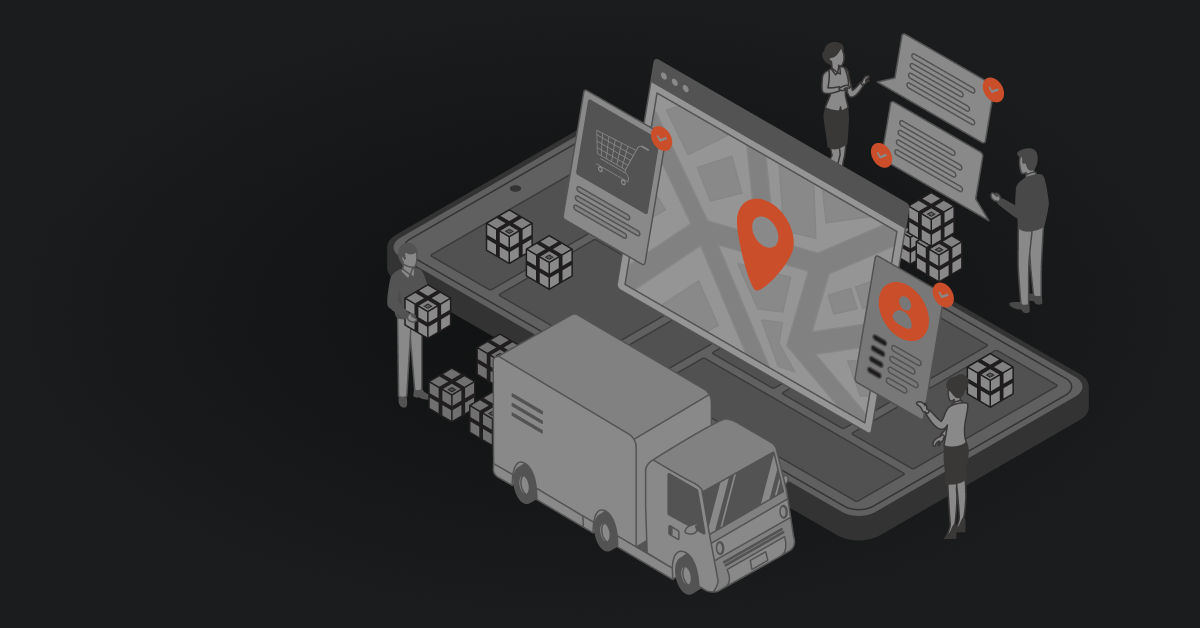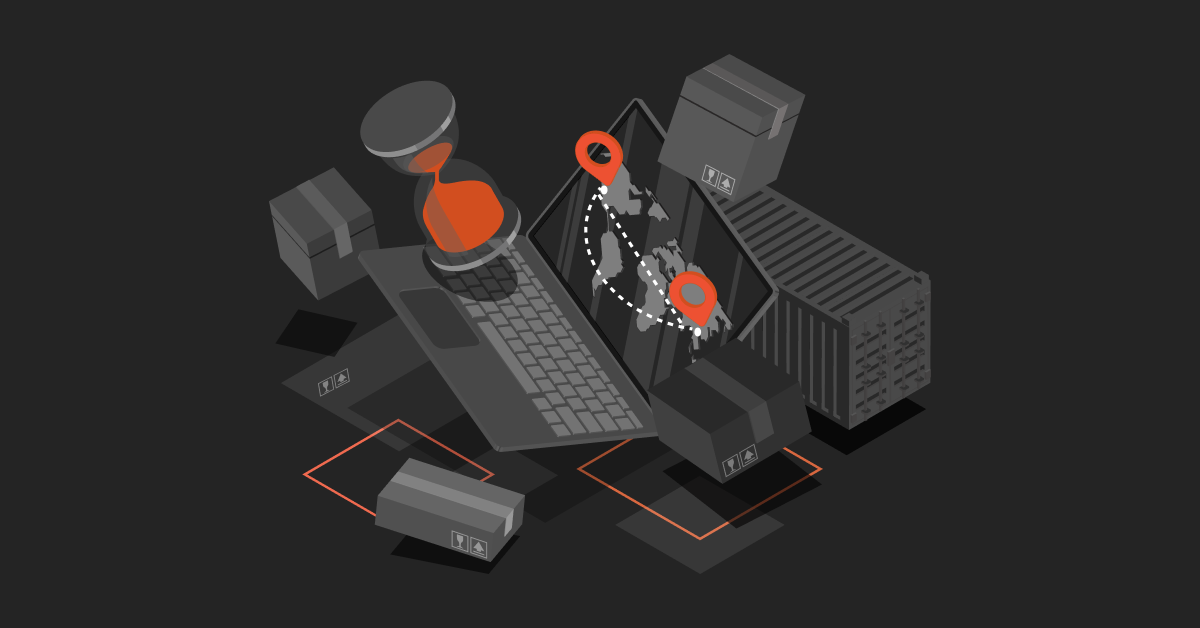You don’t need a blog post to tell you that competition today is unlike ever before, especially with the advent of the digital age and the rising popularity of eCommerce. To stay ahead of the curve, businesses need to be able to ensure that customers are informed about the product well enough to buy it.
But that’s not where the story ends. The customer must also be pleased enough with both the product and its delivery to return for more.
It goes without saying, then, that knowing what constitutes ‘each step of the way’ is critical—especially when bridging the gap between production and final consumption. While winging it is an option, it most certainly is neither prudent nor scalable.
Enter: A robust distribution policy.
What is a distribution policy?
Simply put, it’s the method by which goods and services reach the consumer along with measures put in place to ensure smooth processing and timely delivery. The policy determines the number of “hands” a particular product goes through to be successfully delivered to the consumer. As a consequence, there are various considerations that come into play. Designing the optimal distribution policy for your business can thus be a game-changing factor in identifying competitive advantages and determining future success.
The mediums of distribution typically include manufacturers, distributors, retailers, agents, and finally, the consumer—though the exact nature and number of intermediaries involved would be different from business to business. Each of these ‘channels’ has designated roles, responsibilities and risks they take on while they get the product one step closer to the final consumer.
How’s that different from supply chain management, you ask?
The distribution policy only deals with the delivery of the product to the customer. It does not factor in aspects such as raw materials sourcing, vendor selection, or any manufacturing process that plays a role in the actual development of the product.
Why your business should have one
For any given product, the manufacturing typically takes place in a fixed area: which isn’t the case for its consumption. Having a distribution policy whittles through multiple avenues and helps determine the most efficient means of delivering the product. Some of the advantages of having a distribution policy for your business include:
Reduce errors and snags
One of its most important functions is to identify potential issues in delivery mechanisms and mitigate bottlenecks that can/do occur. The period between when a product has been sold and is delivered is critical to ensuring that the customer doesn’t become only a one-time buyer. By identifying potential problem areas, steps can be taken to mitigate them.
For example, for dealing with distributing vast numbers of SKUs and their data on eCommerce platforms, a product information management tool may be deployed.
Identify new opportunities
Understanding your consumer behavior through your product distribution strategy can also help unlock new avenues of getting your products to them. This may be in the form of developing a new channel altogether or even expanding existing ones.
Save costs and time
Selecting the right distribution process for your business can also lead to measures that will prioritize speed of delivery, while reducing costs at the producer’s end.
Communicate better
Defining how each stage communicates with each other becomes easier once the policy is in place. Similarly, it will also help shape the best strategy for marketing the product. For example, for a distribution channel like eCommerce, having the right information displayed will go a long way to ensure that customers will come back to buy from you again.
Related reads: How to Write a Killer eCommerce Product Description- 10 Practical Tips!
What types of policies are there?
Distribution policies are based on a multitude of factors from the products to the end consumers, so there’s no one-size-fits-all template. There is a lot of deliberation that would go into choosing the one best suited to your business. Broadly, they can be categorized into the following types:
Direct
Wherein the producer directly sells to the customer, as in the case of say, an owned store or digital app. This allows for a better understanding of customer behavior and relationship building but has the disadvantage of putting the entire onus (and costs) of distribution on one party.
Indirect
Here, there are multiple channels involved between the manufacturer and the final consumer. This method allows for wider reach and sharing of costs and risks. That said, it does consume more time and places a distance between the producer and the final consumer.
Intensive
Where the brand seeks the maximum number of channels to disseminate their product, as in the case of international distribution. This method allows for increased permeation through target markets and is used where there is a wider range of alternatives to the product in question. Typical FMCG products and raw material providers tend to use this method
Selective
The number of channels here is limited, usually in favor of a particular geographic area or chain of outlets. In its extreme, it can qualify as an exclusive policy, wherein the sale of the product takes place in very limited channels. This method allows the cherry-picking of channels with the best potential and is opted for when there is the confidence that the consumer would voluntarily seek out the product in question, as in the case of luxury goods or automobiles
Mapping your own distribution policy
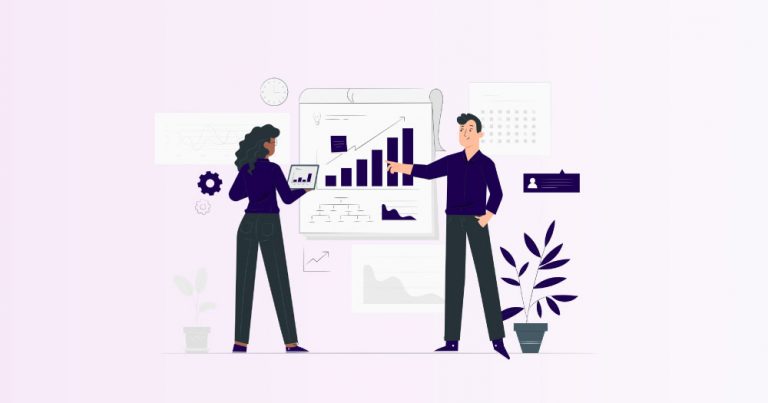 When done right, the distribution policy can ensure speedy delivery, better awareness of the brand and product, and maximize revenue generation potential.
When done right, the distribution policy can ensure speedy delivery, better awareness of the brand and product, and maximize revenue generation potential.
What constitutes the “right” policy depends entirely on the business and its product. To help plan out the right strategy for your product, ask yourself the following:
What’s being offered?
The nature of the product will determine factors such as shelf-life, pricing, and purchase frequency. Knowing these will help confirm decisive aspects of your policy, including how many channels would need to be invested in, their formats and requirements, and more.
Who’s the customer?
It’s not an exaggeration to say that knowing your customer is fundamental. In this case, understanding them helps pick the distribution channels most accessible and comfortable for purchase—in turn, aiding customer retention. For example, based on their lifestyle and/or your product, they may opt to shop online instead of approaching a physical store.
How far do you need to reach?
As mentioned previously, geography plays a big role in determining the number and nature of intermediaries one would want to include in (or exclude from) their distribution process.
What are the purchase considerations involved?
Depending on what you’re offering, there may be a decision-making process involved for the customer, made easier via consultations and demos. One measure may include having sales representatives in place and equipped to assist purchase decisions.
What’s your budget?
The extent to which a producer can promote their product, tie-up with intermediaries, and everything in between are definitely based on how much they can and are willing to spend on these activities. Cost-benefit analyses will go a long way in smartly distributing the use of funds. Also to be factored in is the human capital involved: for example, how much the producer is willing to invest in specialized teams for sales and marketing, example.
Distribution strategy and Marketing
The choice of product distribution strategy will heavily influence the kind of marketing endeavors most suitable for the product. There are many marketing tools and techniques that can be deployed, though, from a producer’s point of view, there are two main methods to consider:
The “Push”
With this method, producers work with their distributors towards maximizing sales, typically by providing them with communication tools, incentives on sales volumes, etc. They will seek to encourage them to ‘push’ the product towards the customer. In the case of certain intermediaries, they can even add value to your products, such as including them in a bundle along with others.
The “Pull”
Producers opting for this strategy communicate directly with the final consumer via mass media and advertising. The idea is to have the final customer themselves approach the distributor and request the goods directly, thus inspiring them to stock up on the product.
The pull and push methods aren’t mutually exclusive and can be deployed strategically together to inspire demand and encourage supply.
In Conclusion,
Research is your ally. With a good understanding of these factors, the process of selecting the right intermediary channels and organizations becomes a more refined one: saving time, effort and leaving fewer elements susceptible to uncertainty.
Of course, it won’t be a static policy, but one that evolves along with the organization, its objectives, and customers. Setting one in place may seem like yet another step to plan out, but the advantages of doing so justify the time invested in the process.
After all, a product you believe in deserves the best places to shine.
Contents

